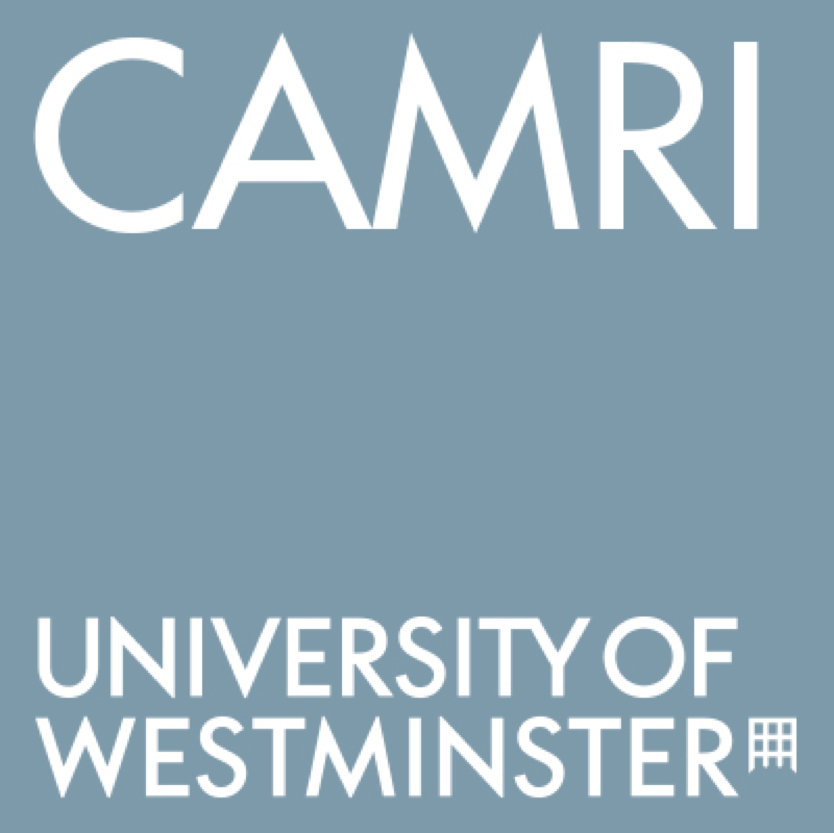Written by and
Classic top American villains are more likely to have a dermatological problem when compared to their rival heroes, a recent study found. A team of researchers at the Department of Dermatology of the University of Texas, discovered that 60% of the all-time top 10 American film villains have skin conditions including alopecia, periorbital hyperpigmentation, deep rhytides on the face, multiple facial scars, verruca vulgaris on the face and bulbous nose. This cross-sectional study shows that using facial disfigurements to mark the difference between the good and the bad is part of a long established tradition in the Western entertainment culture. The villains might be fictional but skin conditions are real and often physically and emotionally painful.
Although any assumptions about the effect of media on people cannot be made without taking into account other variables, it can be said that media often perpetuate the idea that visible differences tell us something about inner character and the smoother your skin the nicer you are. A new study conducted by us at the Communication and Media Research Institute (CAMRI) at the University of Westminster found that the news coverage of disfigurement may contradict this narrative, overturning the hero-villain skin dichotomy.
We are currently working on a research project which explores the media coverage of facial disfigurement in the British press between 2010-2016. Tentative findings suggest that the word ‘disfigurement’ often occurs in relation to acid attacks. In these type of stories, mostly appearing in the tabloid press, the victim of the attack, who bears the scars generated by the burning effect of the acid, is portrayed as a hero. Disfigurement then becomes the symbol of resistance and fight against violence contradicting the fictional trope of the evil with facial scars identified by the researchers from the University of Texas. However, generally, the attitude of the press towards disfiguring skin conditions still tends to be of negative evaluation. Recurring adjectives and adverbs deployed when referring to ‘disfigurement’ include: ‘’horrible’; ‘horrific’; ‘horrendous’; ‘heinous’; ‘horrifyingly’; ‘tragically’ and terribly’.
According to the UK charity Changing Faces every year, over 540,000 people in the UK are estimated to acquire a disfiguring condition to their face, hands or body. Severe facial disfigurement is considered a disability under the Equality Act 2010. Between 2015 and 2016 disability hate crime offences increased by 117.1% (from 228 to 495), the Metropolitan Police reported.
In order to raise awareness about facial discrimination, today (26 May) the charity Changing Faces is holding the first UK Face Equality Day. The day aims to increase awareness of facial diversity and ensure that everyone is treated fairly and equally whatever the appearance of their face or body. Changing Faces was set up in 1992 to help people who have a disfigurement and to challenge public attitudes towards people with an unusual appearance. Ever since, the organisation has been providing advice and resources to individuals and organisations alike.
To mark Face Equality Day, we should think of a disfigurement not as something that is ‘terrible’, something we stare at or feel pity for – but as a particular appearance, like many other forms of appearance that may appear different at first sight.
We should remember that there is an individual behind the appearance. No matter how we look, we are all unique and worthy in our own ways. Let’s not be defined by the beauty industry.
Photo by Thought Catalog on Unsplash












